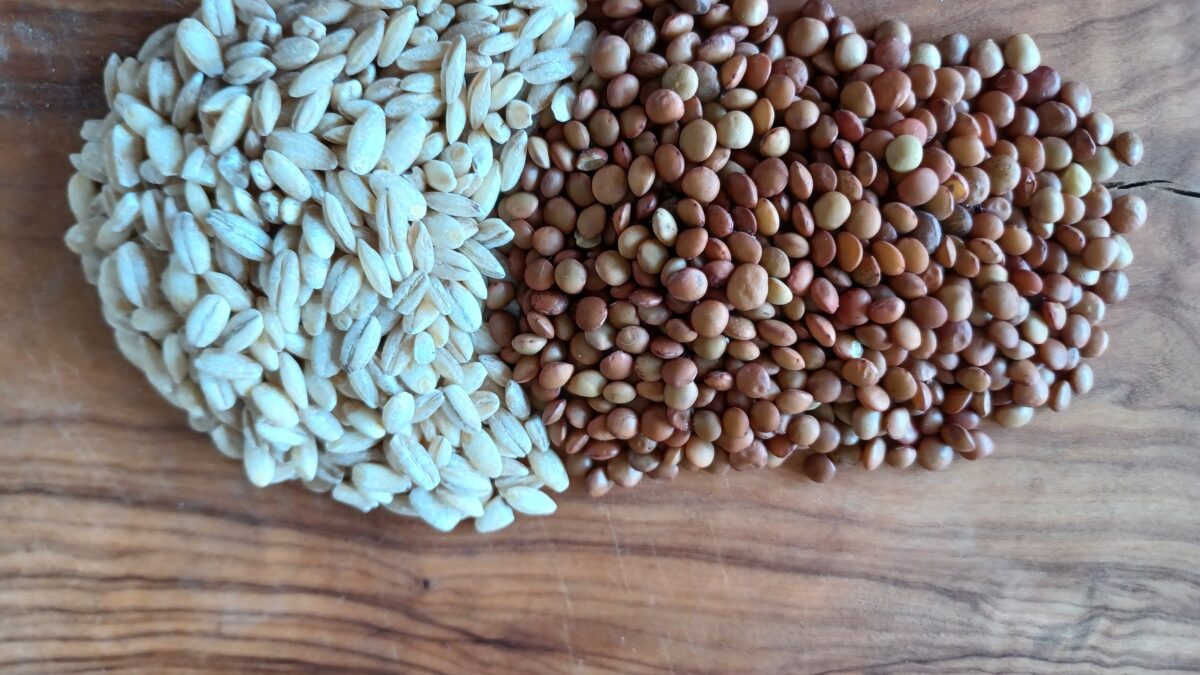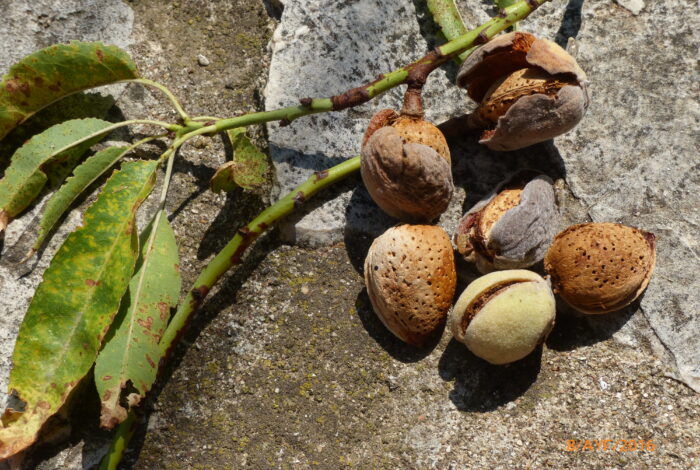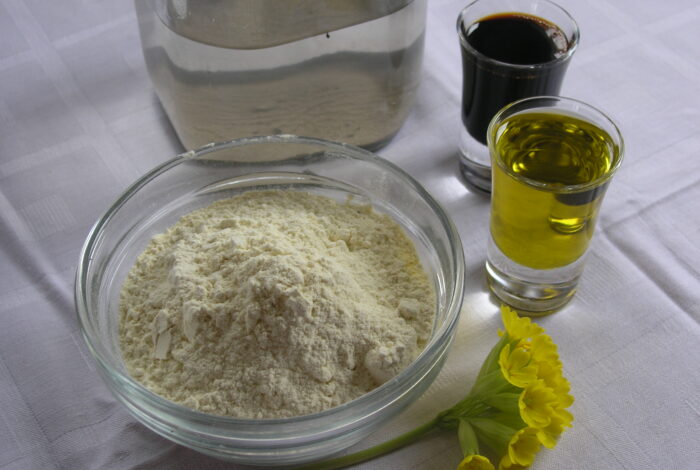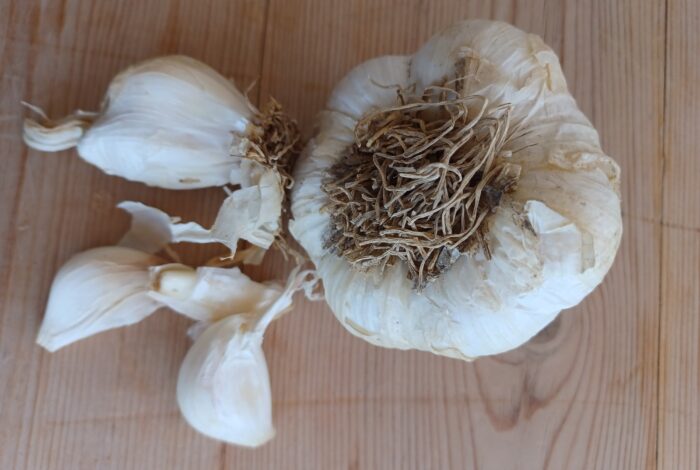Soultana-Maria Valamoti
According to ancient Greek myths about the transition from foraging to farming, the first cereal cultivated by humans was barley. A staple of the ancient Greek diet, barley was cultivated starting in the 7th millennium BC, as shown by numerous charred grains found in prehistoric archaeological settlements. From the texts of ancient Greek authors, we learn about an impressive variety of ways in which barley was prepared, either on its own or combined with other ingredients like milk, honey and wine. One widespread preparation method was in the form of ptisani – roasted, dehulled, and boiled barley grain. Ptisani was very common in antiquity, and Galen provides a detailed description of the traditional, proper method of preparation through slow cooking, while noting that a faster version had become more popular in his time.
Lentils have an equally long history of cultivation, though the enduring relationship of the Greek people with the plant is not reflected in mythology. Lentils are a frequent find in Neolithic and Bronze Age archaeological deposits in Greece, and they remained a beloved food item in historical times. The legume was known as phakos in ancient Greek, and lentil soup was called phaki, just as it is in modern Greek. In addition to soup, a thicker version of cooked lentils was known as phakinon etnos, a term found in the Hippocratic text On Diet, which refers to a thick porridge made from lentils.
The combination of a cereal and a legume in human diets is a nutritionally beneficial practice. This pairing of a starchy and a protein-rich plant ingredient in one dish is at least as old as the mention of phakoptisani by Galen, a physician of the 2nd century AD, in his work On the Powers of Foods, where, among other things, he discusses ptisani and its properties.
Some ingredient combinations appear to have remarkable longevity. In the case of phakoptisani, if we substitute barley with rice, the resulting dish – modern lentils with rice – can claim to be at least 23 centuries old, bringing us back, in terms of flavour, to the ancient Greek phakoptisani. Given the excellent nutritional value of barley, it is worth experimenting today with a modern version of this ancient pairing by combining barley with lentils – replacing the rice in today’s fakoryzo with barley.
Image 1. Barley grains (left), dehulled, and lentil grains (right). Photo by S.M. Valamoti, April 2025










